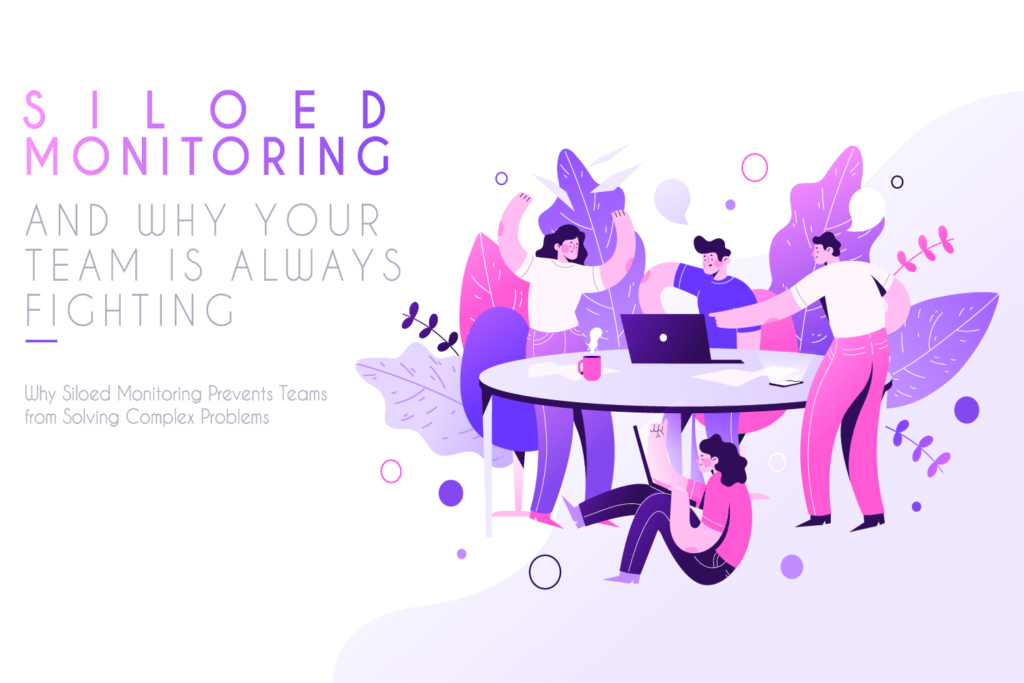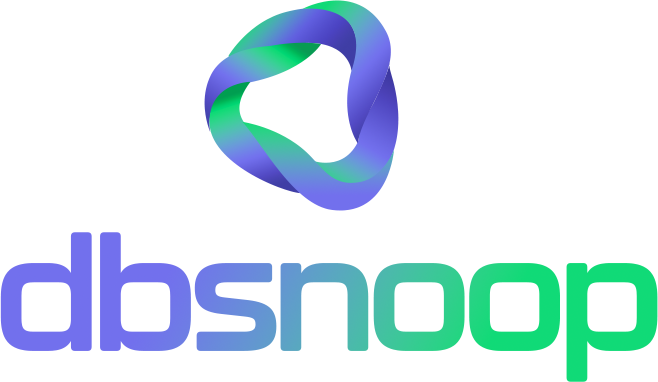

In a modern microservices and cloud architecture, complexity is the norm. A single transaction can pass through dozens of services, containers, and databases before it’s completed – especially with siloed monitoring. In this reality, siloed monitoring – where each team has its own tool to observe its part of the stack – is not just inefficient; it’s a recipe for disaster.
The DevOps team monitors server CPU and uptime. The front-end team monitors page latency and user experience. The DBA monitors the database with their specific tools. When a complex problem arises, like a slow query affecting the performance of a microservice, the blame is tossed back and forth. “It’s not the infrastructure, the servers are healthy!” “It’s not the application, the front-end is fast!” The problem, however, persists, and troubleshooting becomes a nightmare of meetings and accusations when using a siloed system.
This article will explore why siloed monitoring is one of the biggest obstacles to solving complex problems and how unified observability, with the support of dbsnOOp’s AI, is the only way to get a complete view and act strategically.
The Invisible Cost of Siloed Monitoring
The main consequence of siloed monitoring is a lack of context. Teams may have a perfect view of their own slice of the pie, but no one has a view of the entire pie.
Fragmented View
In a siloed monitoring system, each team sees only its part of the stack. The DBA can see a query with high I/O but has no idea which code commit caused that change. The front-end team might notice that users are abandoning their shopping carts but can’t connect this to intermittent database slowness.
Blame-Based Troubleshooting
When a problem happens, teams go into “defense mode.” Since each team only has visibility into its own silo, the standard response is: “It’s not us.” The focus shifts from solving the problem to proving it’s the other team’s fault. This not only increases MTTR (Mean Time to Resolution) but also destroys the culture of collaboration.
Wasted Resources
Without a unified view, teams can end up spending time and money on optimizations that don’t solve the real problem. For example, the infrastructure team might increase the database server’s capacity to try and solve a high CPU problem, when in fact, the issue was a poorly written query that a contextual diagnosis could have resolved in minutes.

Unified Observability: Connecting the Dots
Unified observability breaks away from the siloed mentality. It creates a central platform where all metrics, logs, and traces are correlated. It doesn’t matter if the event is an application error, a code commit, or a database query; everything is linked and contextualized.
End-to-End Tracing
With unified observability, you can trace a transaction from the user’s click in the browser all the way to the query execution in the database. You can see each step, how long each service took to respond, and identify exactly where the bottleneck occurred.
AI for Automatic Correlation
It is humanly impossible to correlate millions of events in real-time. AI comes in to do this automatically. It learns the normal behavior of your system and, when an anomaly happens, it correlates the event with all other data to identify the root cause. A CPU spike on the database server? dbsnOOp’s AI pinpoints the exact query that caused the spike and the developer’s commit that implemented it.
Focus on Solutions, Not Blame
When all the information is in one place, troubleshooting becomes a collaborative effort, not a game of accusations. Teams can see the complete problem and work together to solve the root cause, instead of treating the symptoms—as is the case with siloed monitoring.
dbsnOOp: The Missing Piece for Your Unified View
While generic infrastructure monitoring tools try to connect the dots, dbsnOOp was built with a strategic focus on the database, the heart of many applications. Our platform is not just another tool in your silo; it’s the intelligence engine that provides the deep insight your stack needs.
Our AI understands the semantics of database operations. It doesn’t just collect metrics but stores the complete telemetry for each query, including execution plans and application context. With dbsnOOp integrated into your monitoring stack, you can finally connect the dots and answer the most complex questions. Don’t settle for a fragmented view. Empower your team with observability that unifies and solves problems.
Want to end siloed troubleshooting and get a complete view of your stack? Schedule a meeting with our specialist or watch a practical demonstration!
Schedule a demo here.
Learn more about dbsnOOp!
Learn about database monitoring with advanced tools here.
Visit our YouTube channel to learn about the platform and watch tutorials.


